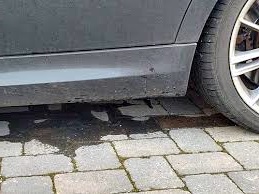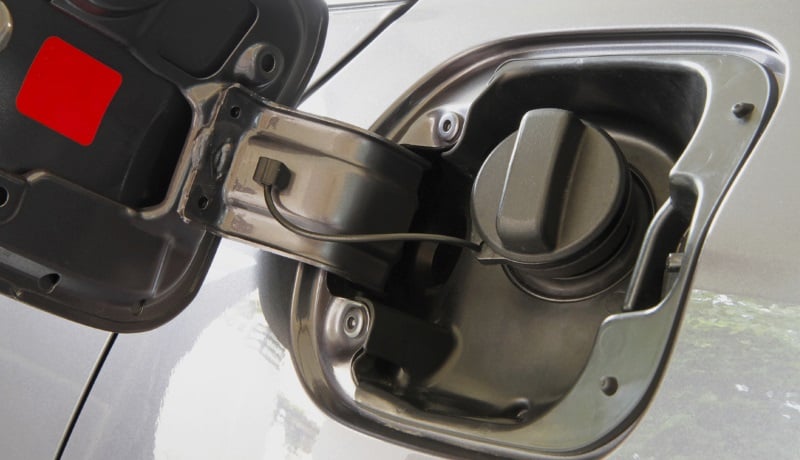Fuel leaks – what’s really going on?

Had a whiff of petrol inside the car lately? Or maybe you’ve spotted a dodgy puddle underneath after coming back from a run to The Base or a day out in Cambridge or Ngaruawahia? Fuel leaks are more common than you’d think, especially with the mix of older Japanese imports and Euro wagons rolling around Hamilton. Petrol (or diesel!) can leak thanks to a bit of classic Kiwi wear and tear – think rough roads around Dinsdale, potholes out in Rototuna, or those harsh winter mornings in Hillcrest when everything is damp and rusty.
It’s not just a messy problem, either. Petrol is flammable, so the risk goes up big time if you’re ignoring that smell or letting it drip. Mechanics worth their salt will always tell you – sort it out fast. Not just for safety, either (though that’s top of the list), but also for your hip pocket. Leaks = wasted petrol, and with Hamilton fuel prices, that’s a hard no.
Read the risks of driving with a fuel leak >
Why is petrol leaking then?
Fuel tank damage – Let’s be honest, a lot of our local cars have seen a few speed bumps around Chartwell and the odd stray supermarket trolley. Over time, fuel tanks get rusty, especially if the car’s spent some winters parked under a tree somewhere in Te Awamutu, or copped a whack. If your leak’s at the back, that’s probably it.
Fuel lines – Roadworks near Avalon Drive, bumpy drives through Morrinsville, and all those stop-starts with the kids – it all adds up. The pipes running under your car aren’t immune to rust and corrosion. Most leaks between the tank and engine are down to these, and it doesn’t matter if you’re in a Suzuki Swift, a VW Touran, or a Lexus hybrid – time gets everyone.
Injector and regulator seals – If it’s a more modern car, like a Kia Cerato, Skoda Octavia, or an older Mitsubishi Outlander, sometimes the seals where the fuel gets pumped in and regulated crack or come loose. If fuel’s spraying out once the car’s running, especially under the bonnet near warm engines and wires, don’t muck about – fire risk goes through the roof.
How do I spot a petrol leak?
Petrol smell – You can’t miss it. We had a lovely customer from Raglan the other week, came in because her Honda Fit stunk of fuel round the back seat. Bottom line: if you catch a sniff, best not to drive. Call us or get a mobile mechanic out so you’re not risking yourself or your car.
Visible leaks – Seen shiny, oily patches under your Mazda Atenza or Ford Focus after parking up at Pak’nSave? If there’s a puddle, it’s time to ring us. For your own safety, keep away from open flames, lighters, even a spark – petrol vapour’s properly dangerous.
Fuel gauge dropping too fast – Noticed you’re topping up more often than usual, even running the same school drop-offs along Peachgrove Road? That’s your car telling you fuel’s sneaking out somewhere, especially if the gauge dips without much driving.
Engine running rough – Seen it loads in Peugeots and Toyota Estimas – if your car’s struggling for power, coughing like it’s got a cold, might be a fuel delivery issue thanks to a leak. Not always, but worth checking.
How we fix fuel leaks in Hamilton
Here at Grimmer Motors, we see leaky tanks, busted fuel pipes, and worn-out injector seals all the time (just last week had a Nissan Murano in off River Road with two!). Sometimes it’s just a split hose or corroded join; sometimes a whole tank swap is the best call, especially if rust’s set in.
Getting it sorted means your car’s safer, runs better, and you’re not burning a hole in your wallet every week at the pump. Plus, if you’re looking to pass your WOF in Hamilton, it’s a must.
Want your car checked fast, fixed right, and ready to cruise the Waikato traffic again? Shout out to Grimmer Motors. We’ll get you sorted with proper, practical advice and repairs – no faffing, no fluff.

